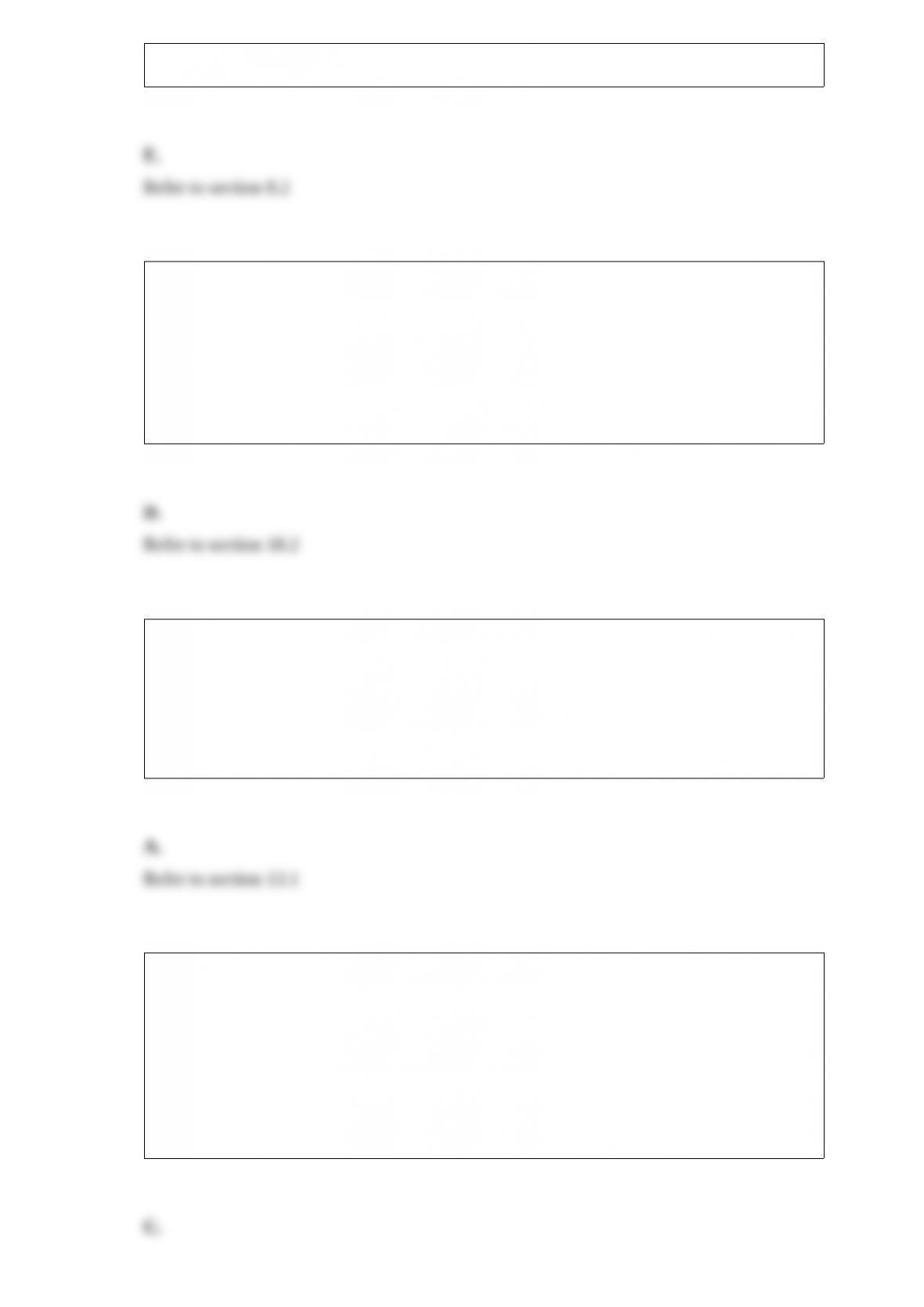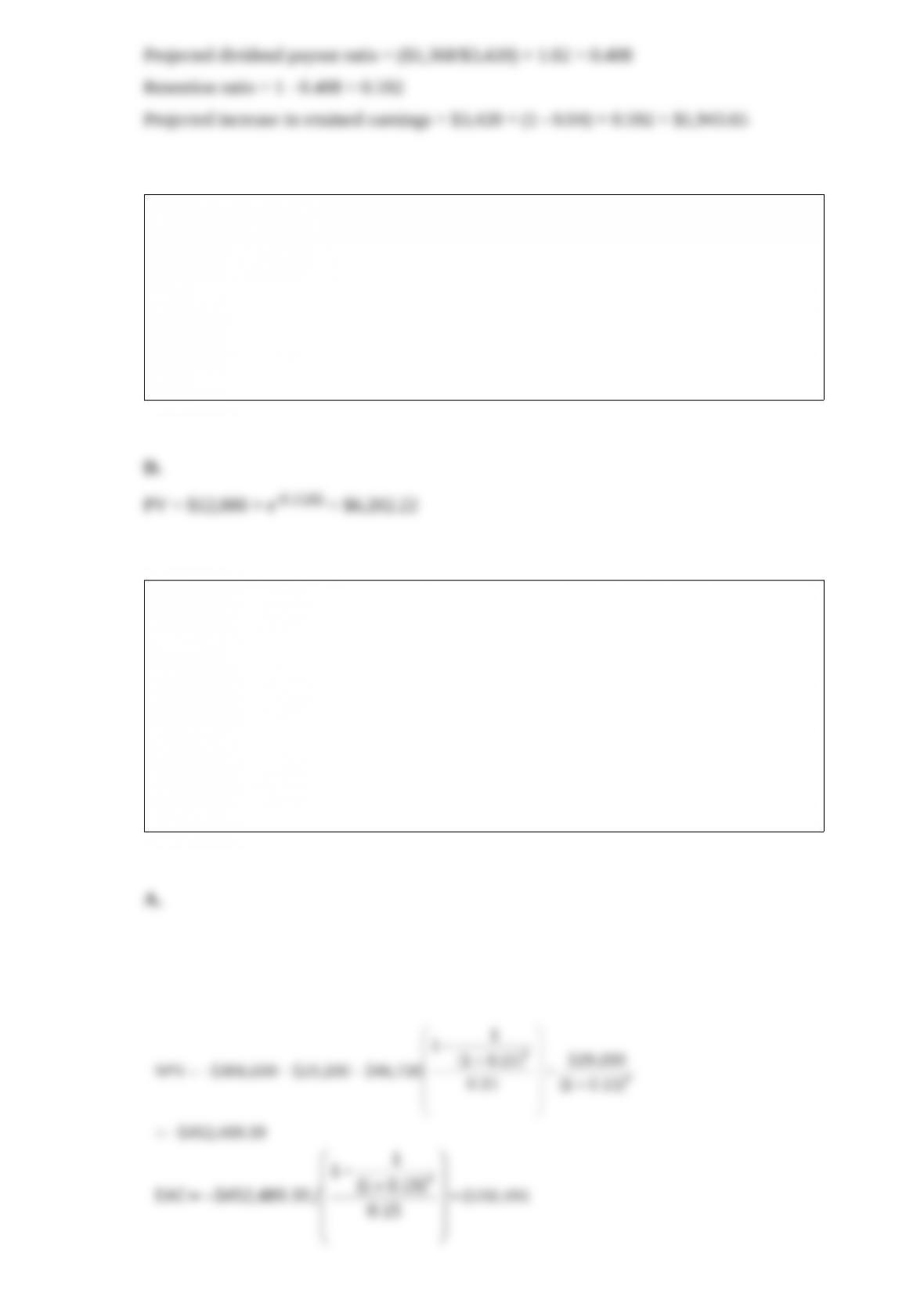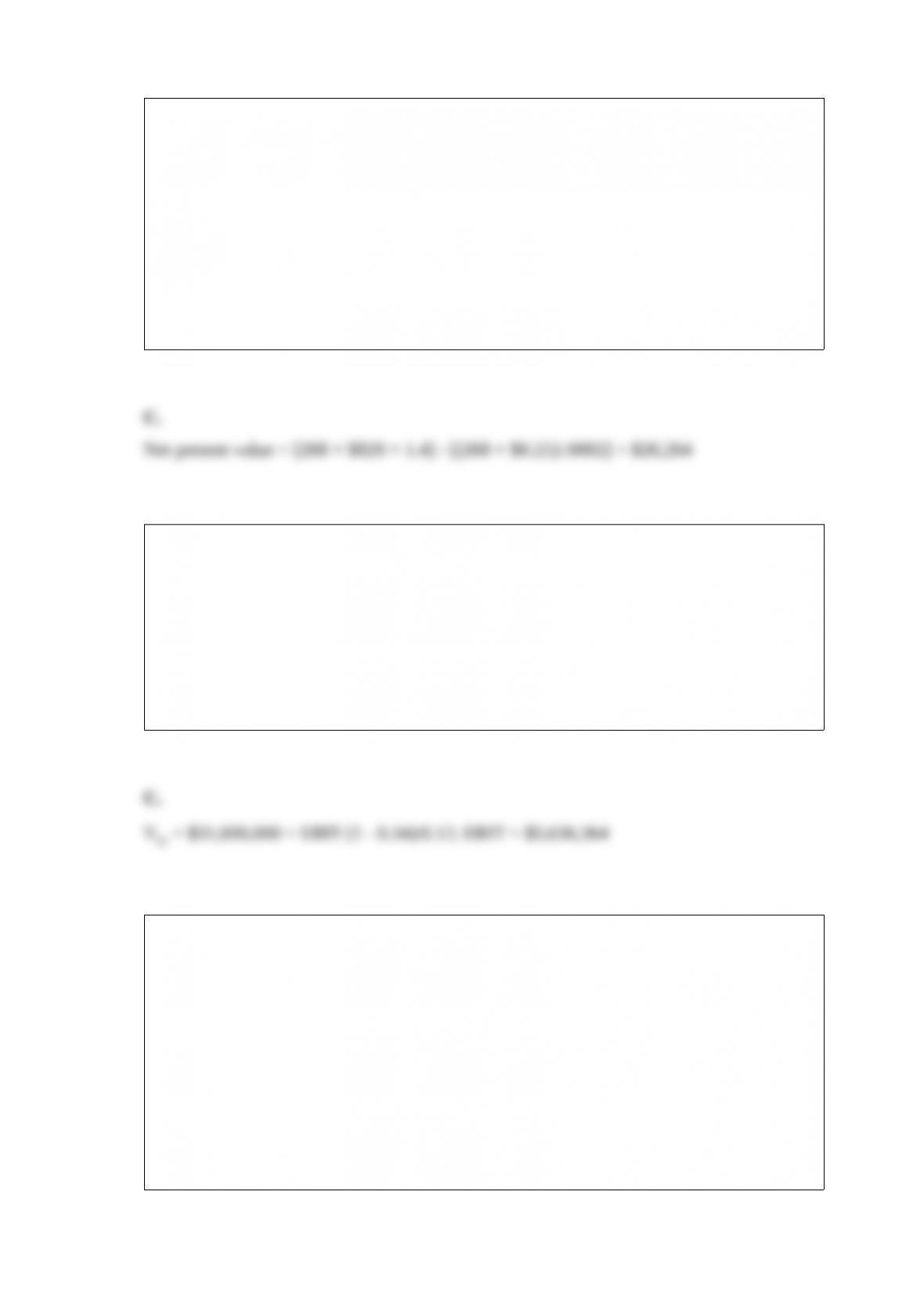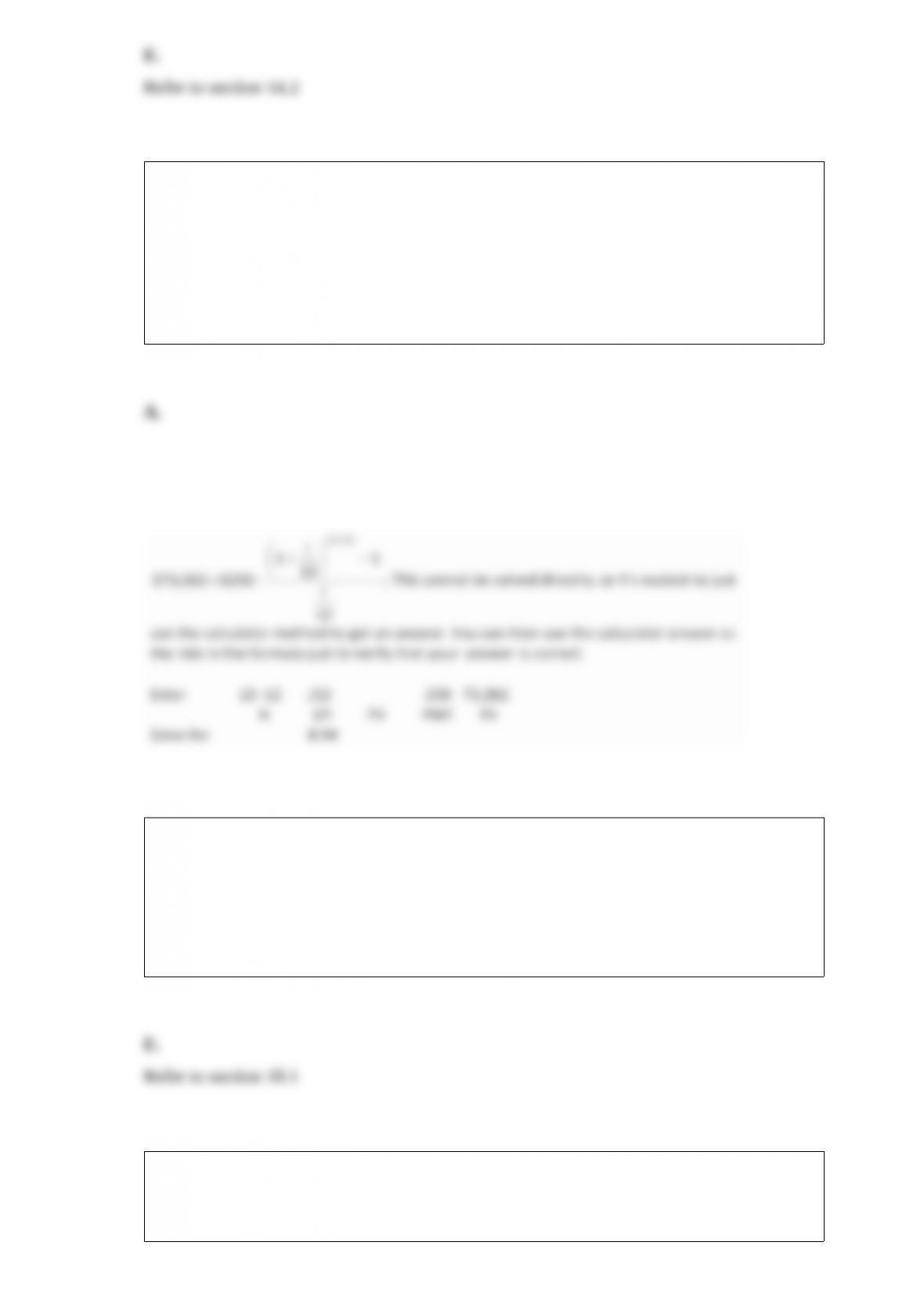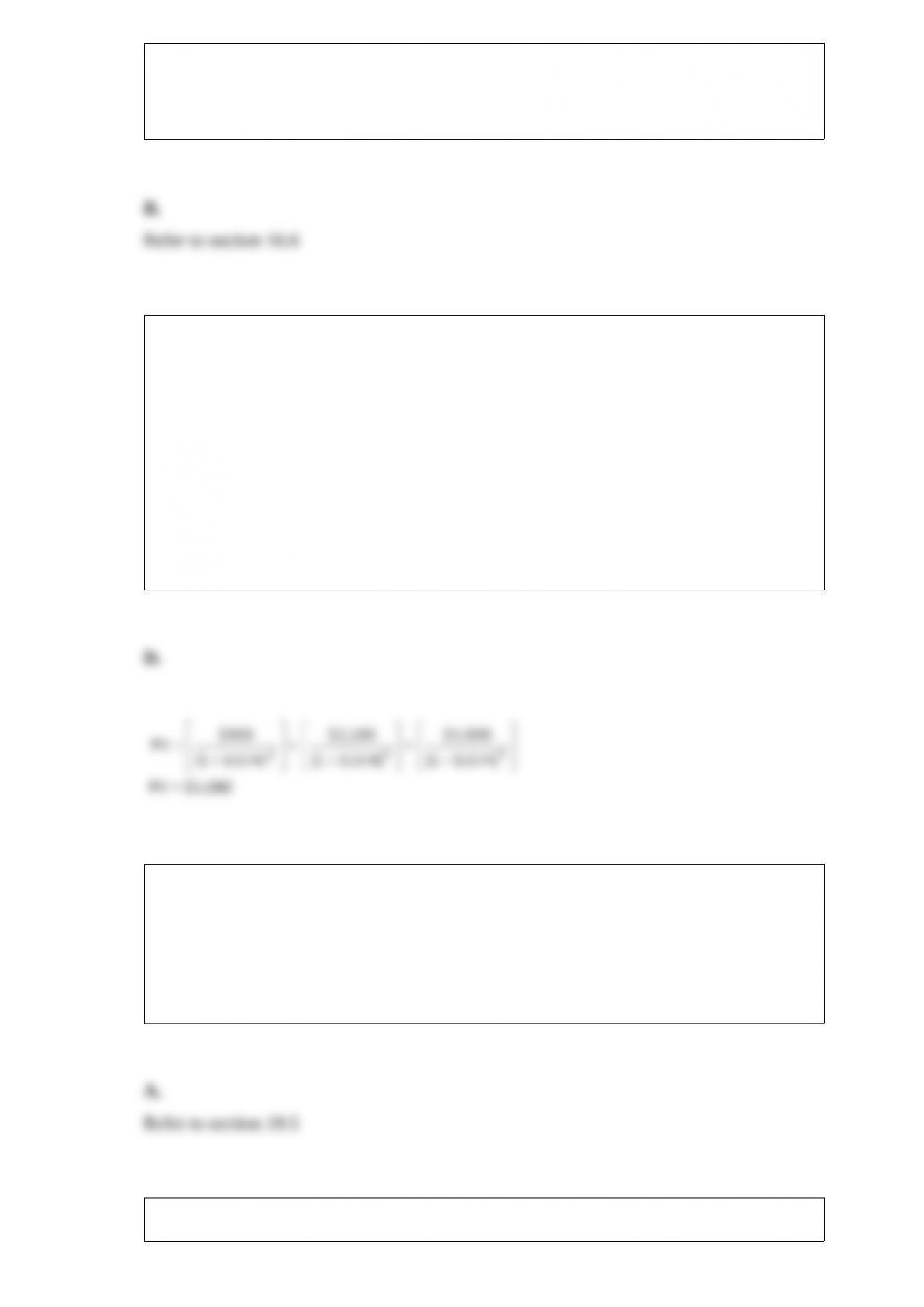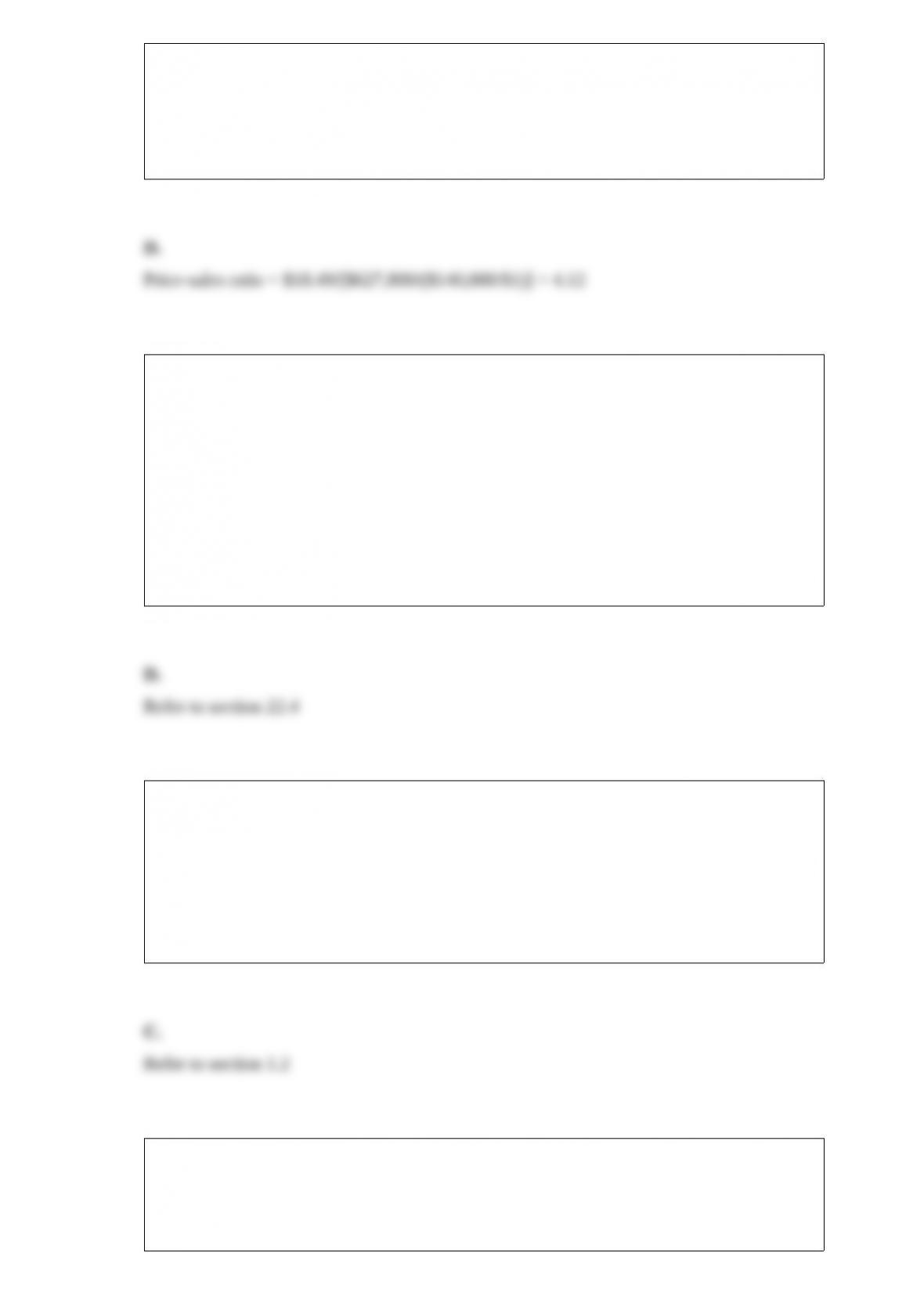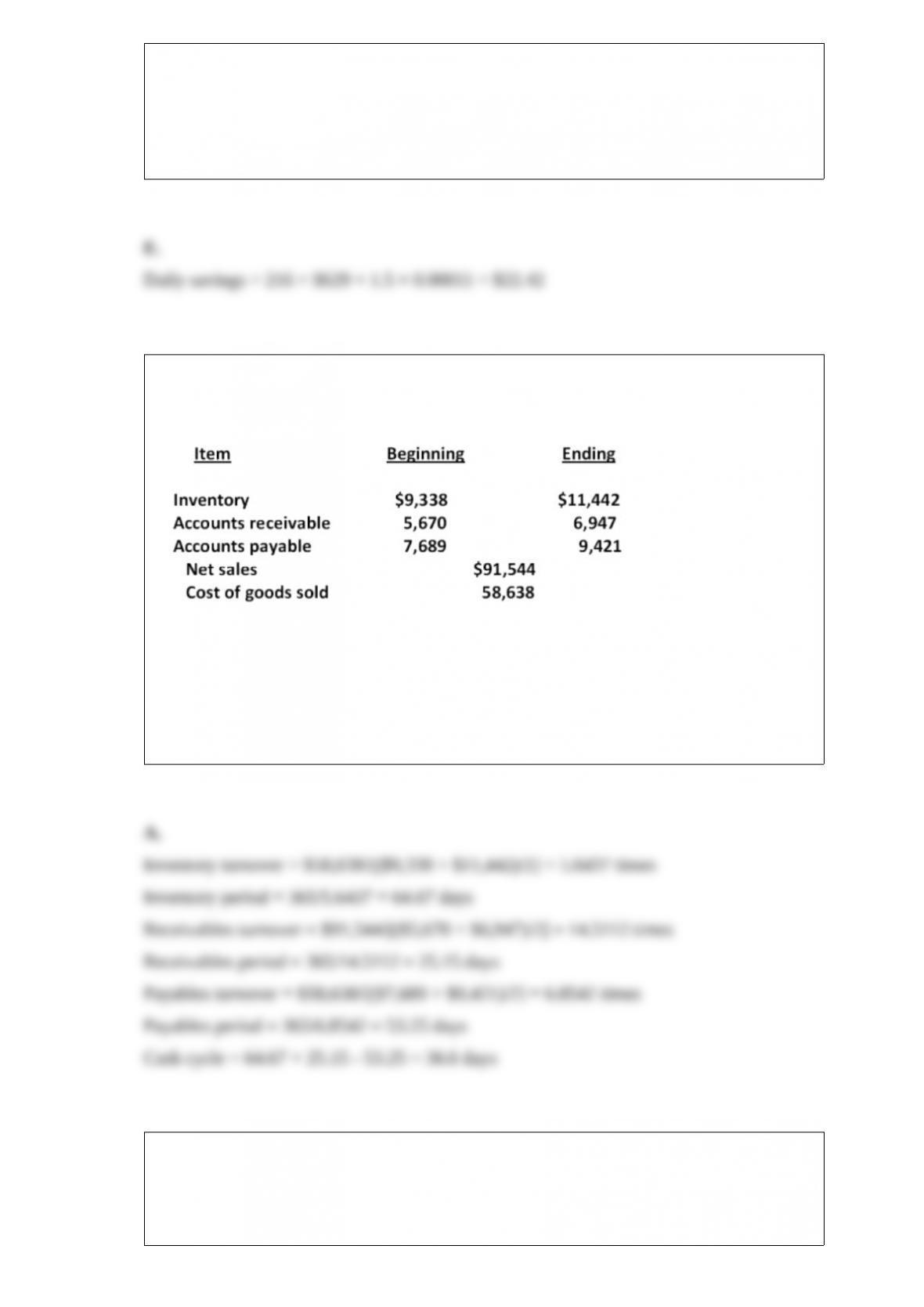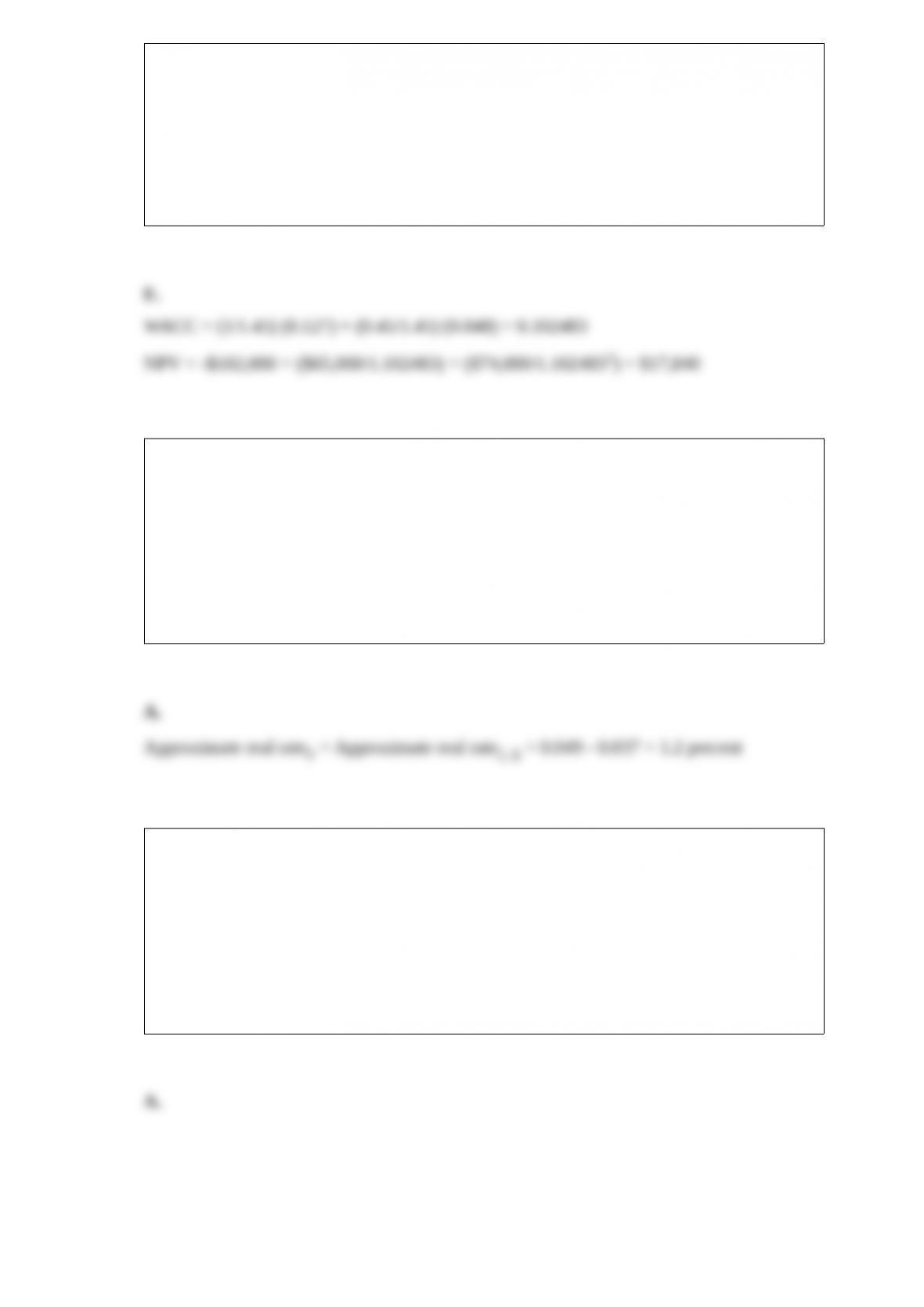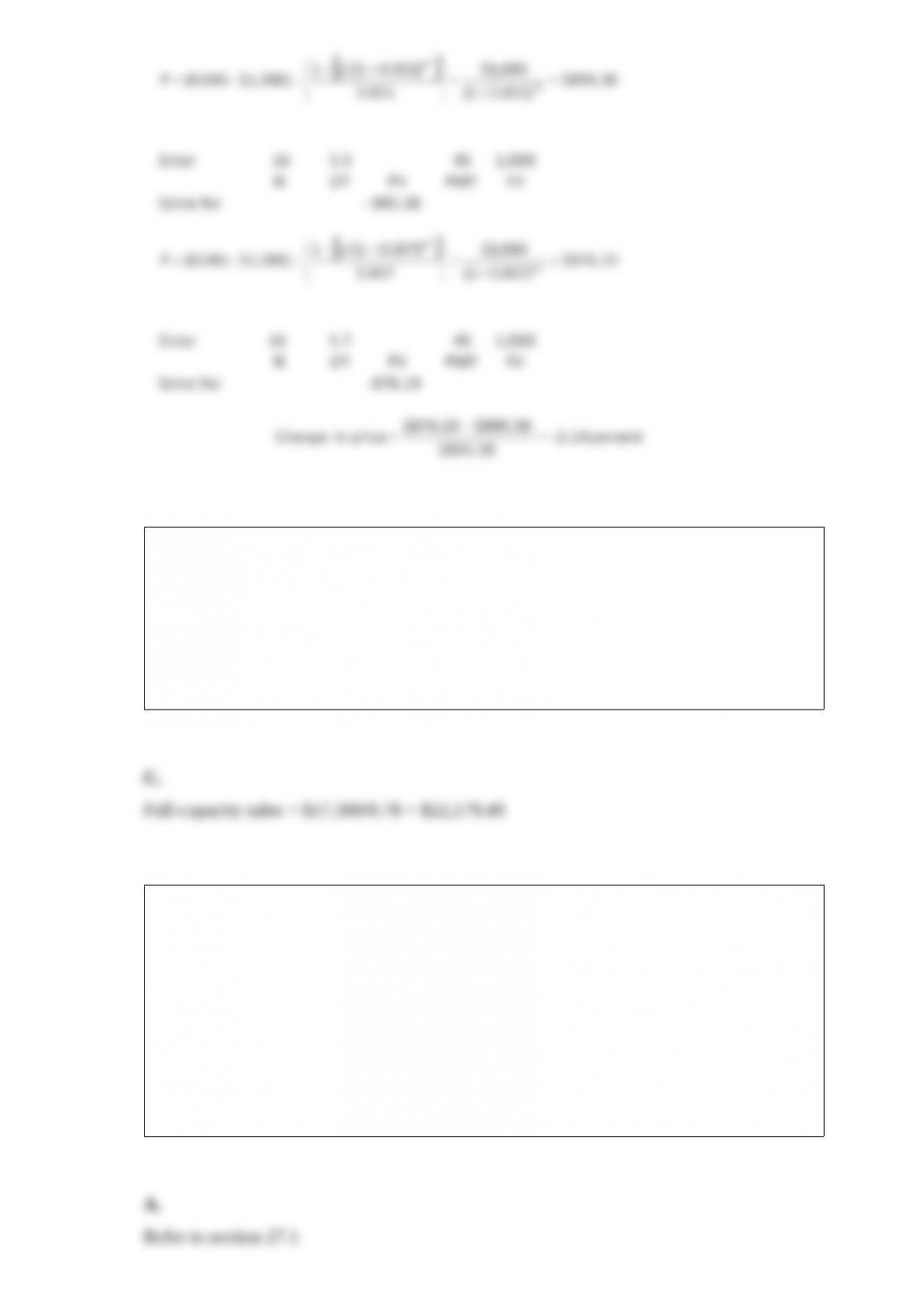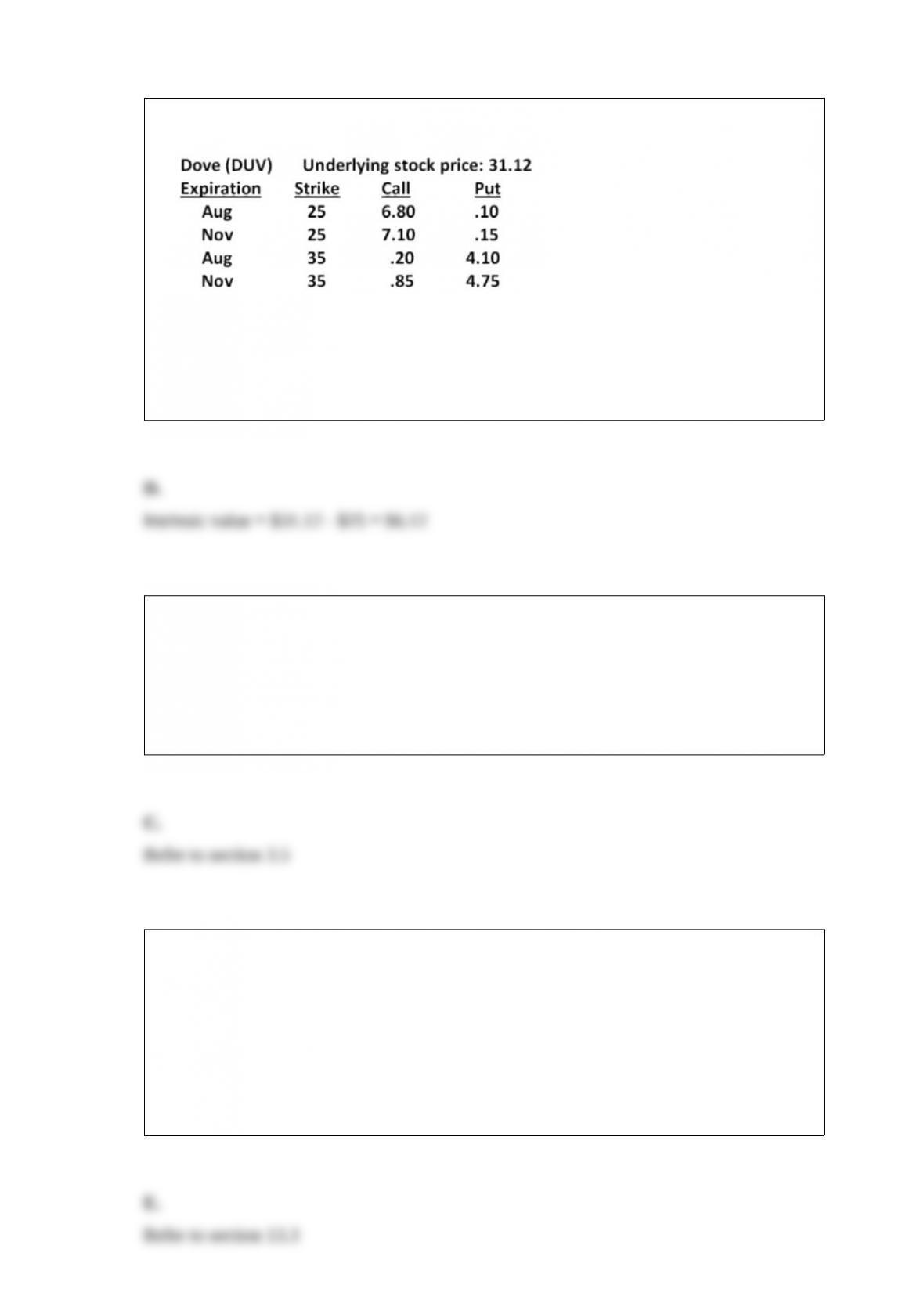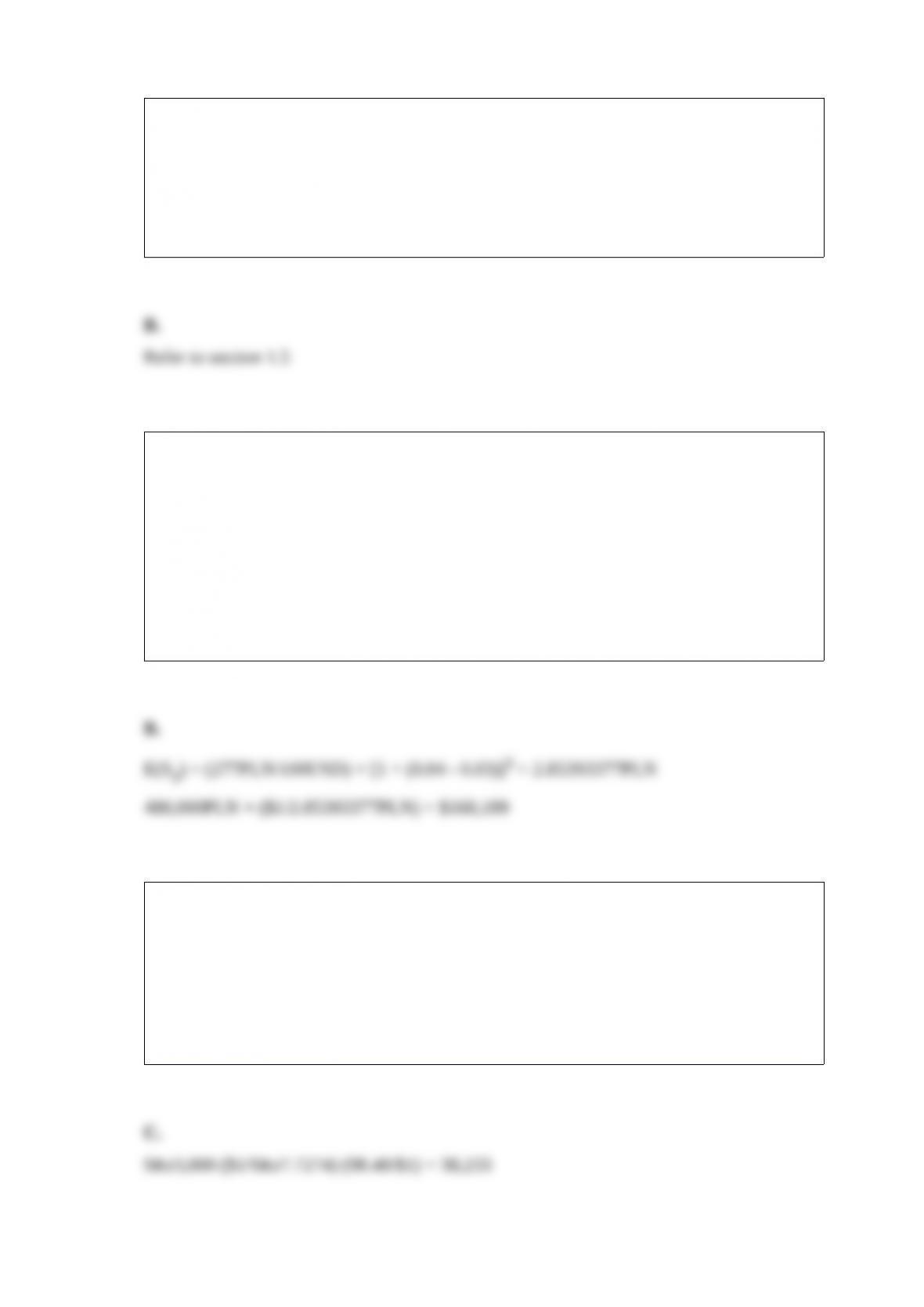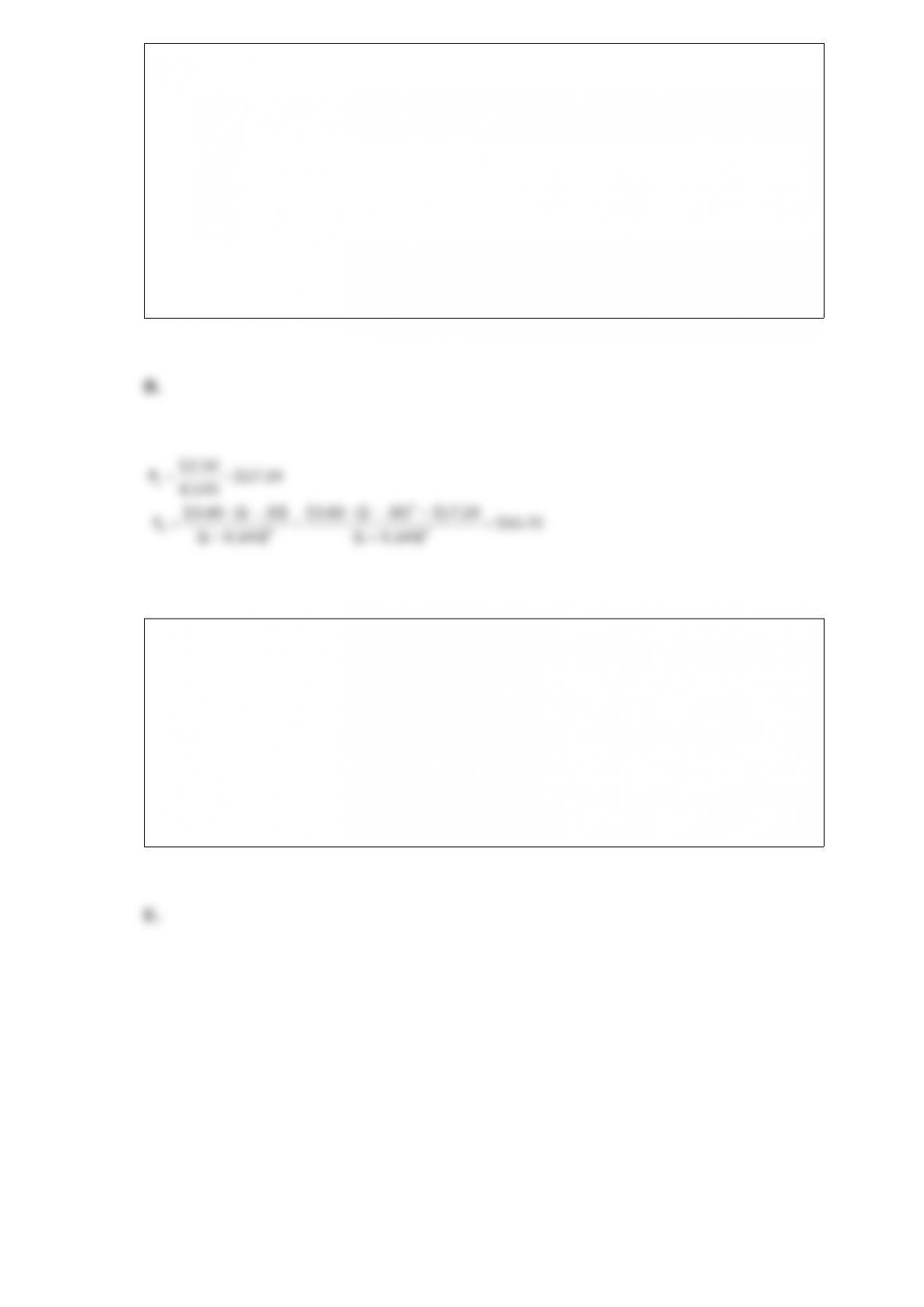C. value of the firm is minimized.
D. value of the firm is equal to VL + TC × D.
E. debt-equity ratio is equal to 1.0.
You are considering two savings options. Both options offer a 7.4 percent rate of return.
The first option is to save $900, $2,100, and $3,000 at the end of each year for the next
three years, respectively. The other option is to save one lump sum amount today. If you
want to have the same balance in your savings account at the end of the three years,
regardless of the savings method you select, how much do you need to save today if
you select the lump sum option?
A. $4,410
B. $4,530
C. $4,600
D. $5,080
E. $5,260
Municipal bonds:
A. are less liquid than U.S. Treasury bills.
B. produce income that is subject to federal income taxation.
C. generally pay a higher coupon than corporate bonds.
D. are also referred to as commercial paper.
E. are issued by the federal government.
What is the price-sales ratio for 2009 if the market price is $18.49 per share?

